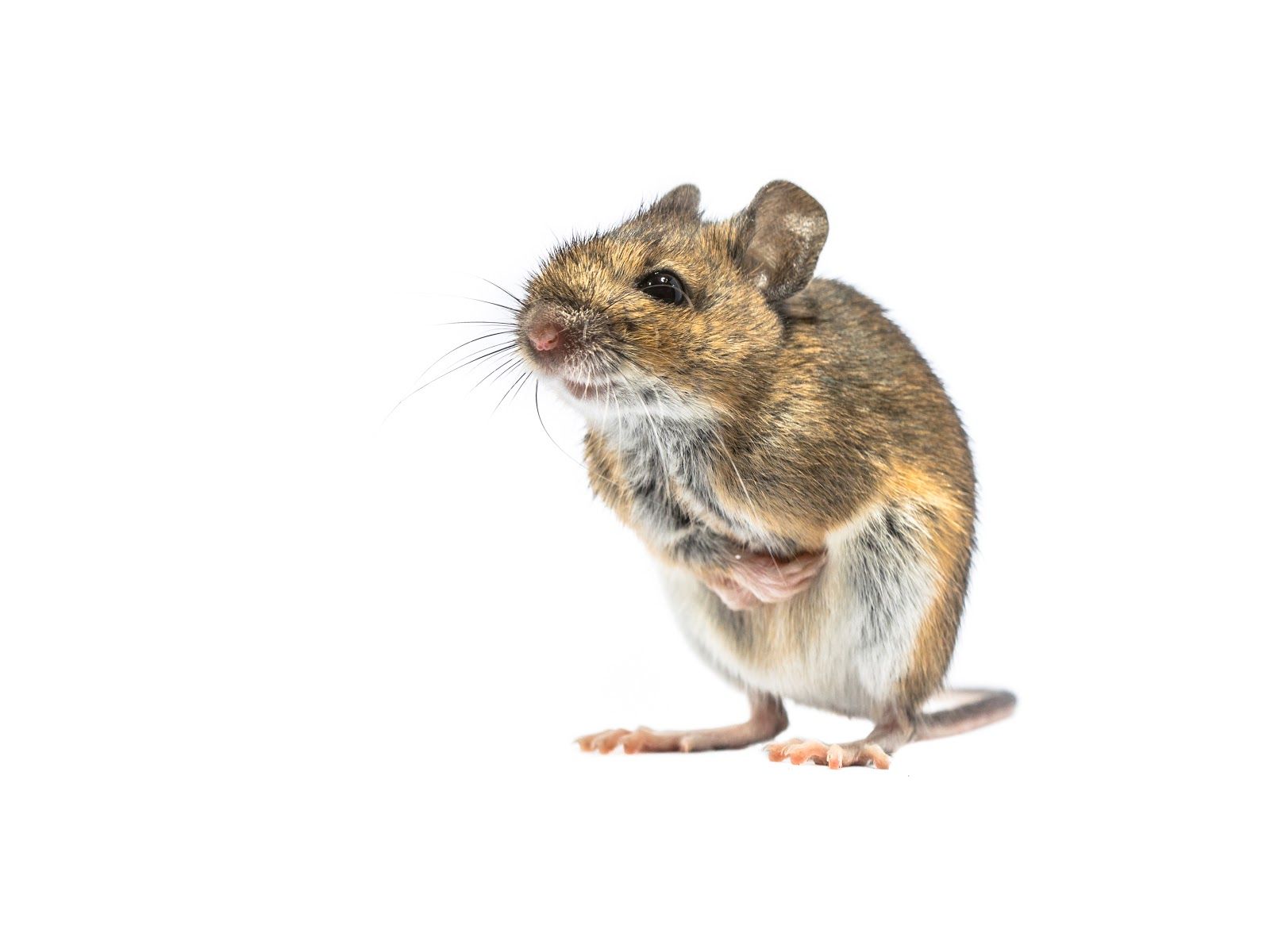
The Cold War On Pests
Summer Has Sizzled, Fall Has Fled, Winter Is Here, the Pests Are Dead.? Not!
The Cold War
Believe it or not, some things just will not go away! Even in extreme heat or unbearable cold, some household pests just will not give up. Yes – some pests will invade your home and will not only take up residence but will actually thrive during the cold season. They’re called overwintering pests, and they’ll continue to cause problems for you as the months go by. They hide in boxes and storage closets, emerging on a warm winter day or staying in plain sight as they enjoy the warmer indoor temperatures.
Insects overwinter by finding a warm place to call home, in many cases this is YOUR home. Bugs will enter structures, mulch, leaves or soil to protect themselves from the low temperatures. Bugs look at your house as their winter vacation home. On occasion, they will make themselves known during the overwintering period by venturing out into the living spaces of a house. Most often, they emerge in the springtime when the temperatures begin to rise. This is a big reason why there is such an increase in the visibility of pests in and around your home in the springtime. They’ve been there all along; they just may not have been very active. At Hopper Termite & Pest Control, we have years of experience when it comes to dealing with these cold-hearted, cold-weathered fiends. Here are some pests to be on guard for during the cold months, and some helpful tips to give you the upper hand!
Common Overwintering Pests
Ladybugs
 Ladybugs and Asian lady Beetles look similar and feed on plant-damaging insects. Although these beetles are beneficial outdoors, they’re nuisances indoors. Some will remain hidden during the winter while others will fly around the room looking for a way outside.
Ladybugs and Asian lady Beetles look similar and feed on plant-damaging insects. Although these beetles are beneficial outdoors, they’re nuisances indoors. Some will remain hidden during the winter while others will fly around the room looking for a way outside.
Stink Bugs
 Stink Bugs only live up to their name when they’re defending themselves or if you step on them. They emit a foul odor, so it’s wise not to kill them indoors. These pests congregate on the sides of your home in the fall and can easily slip indoors to annoy you during the winter.
Stink Bugs only live up to their name when they’re defending themselves or if you step on them. They emit a foul odor, so it’s wise not to kill them indoors. These pests congregate on the sides of your home in the fall and can easily slip indoors to annoy you during the winter.
Moths and Flies
 During the winter, moths and flies survive indoors where it’s nice and warm. If moths invade your home, they may breed and produce larvae that feed on your clothing. Flies are annoying no matter the time of year and will only increase in population if you don’t eliminate them quickly.
During the winter, moths and flies survive indoors where it’s nice and warm. If moths invade your home, they may breed and produce larvae that feed on your clothing. Flies are annoying no matter the time of year and will only increase in population if you don’t eliminate them quickly.
Boxelder Bugs
 Boxelder Bugs mostly feed on the sap from boxelder trees; however, they will also consume the juices from your house plants during the winter. They are considered a nuisance pest and don’t pose a risk to people; however, they have been known to bite for defense. If these pests breed in your home, they’ll attack your plants and cause even more problems as spring arrives. Other pests that overwinter include Mice, Caterpillars, Crickets, Flies and Mosquitoes.
Boxelder Bugs mostly feed on the sap from boxelder trees; however, they will also consume the juices from your house plants during the winter. They are considered a nuisance pest and don’t pose a risk to people; however, they have been known to bite for defense. If these pests breed in your home, they’ll attack your plants and cause even more problems as spring arrives. Other pests that overwinter include Mice, Caterpillars, Crickets, Flies and Mosquitoes.
Steps You Can Take
- Seal or caulk all cracks and crevices around the foundation, siding, doors, windows, electrical, and plumbing.
- Keep gutters cleaned out. Pests feed and make homes out of the built-up debris.
- Keep a clean home. Vacuum, sweep, mop, and clean up spills that will attract pests to your home.
- Get regularly scheduled pest control with Hopper Termite & Pest. We will prevent bugs from coming in and will make it easier to control any pest problems that arise.
 Prevent Overwintering Pests this Season
Prevent Overwintering Pests this Season
Overwintering pests are a nuisance and difficult to treat by yourself. Some insects, such as stink bugs, will come inside during late fall and find places to hide. Once winter arrives, they emerge and fly around your lamps or crawl along with the windows. Hopper Termite & Pest Control professionals will inspect your home for overwintering pests, eliminate them where they hide and help to keep them out all season long. Give us a call today, and we will bring the heat to the cold war on pests!
